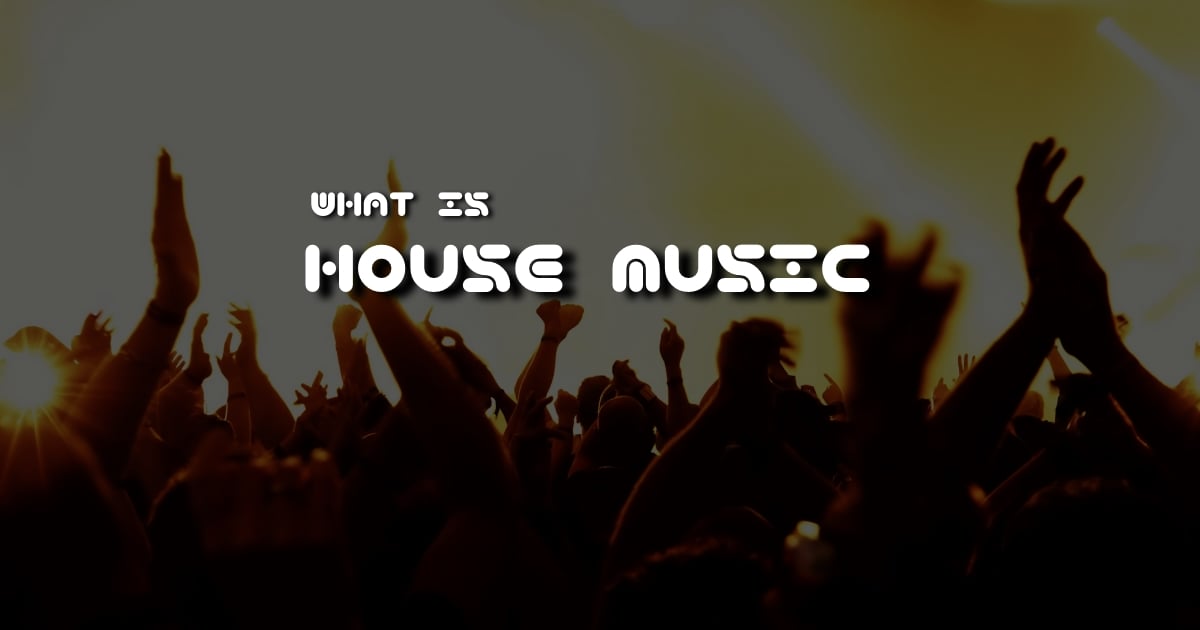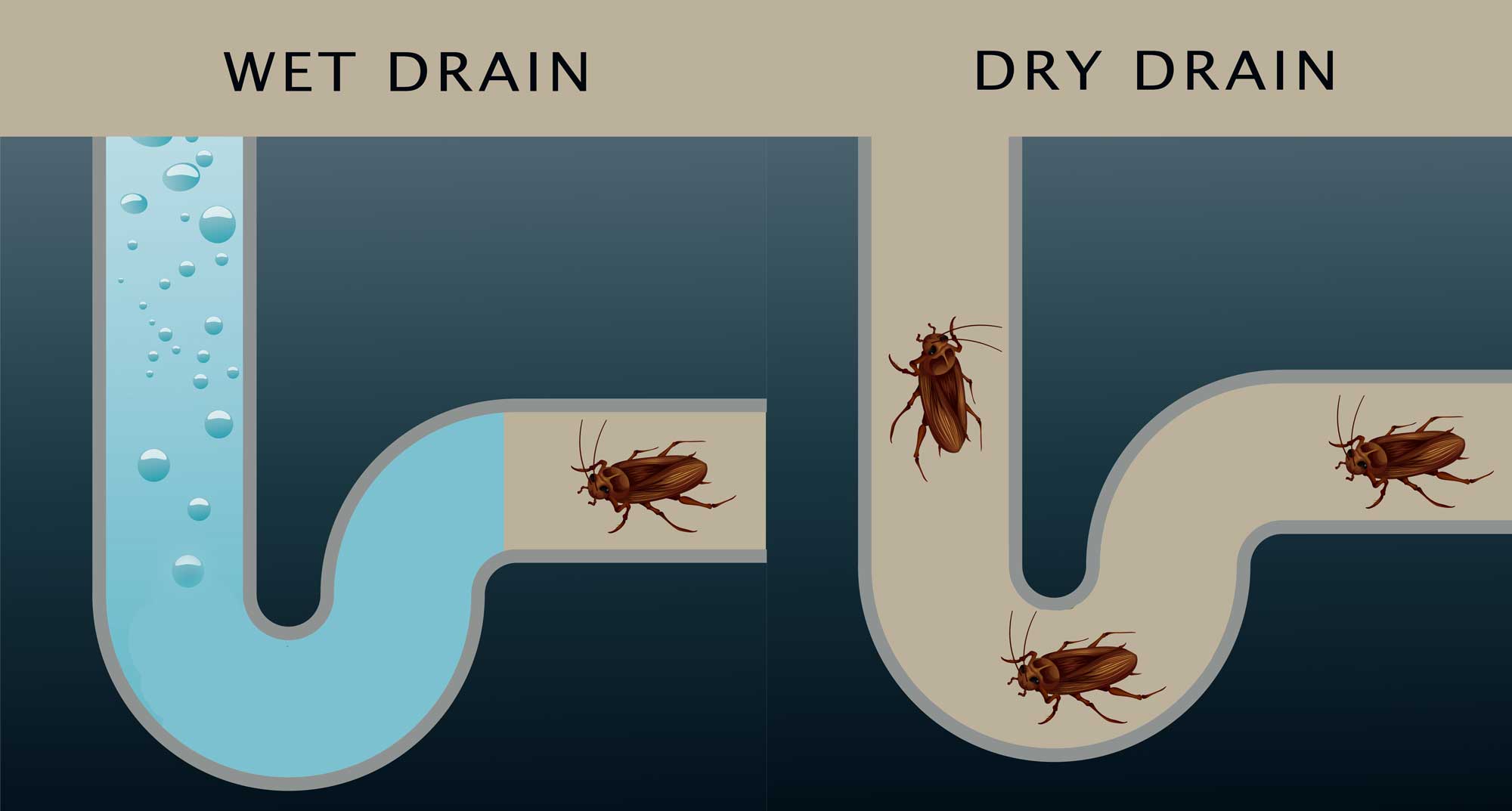Table Of Content

This is prevalent in commercial house music more than it is in the underground styles. Almost every house song that has ever been written will have a 4/4 time signature. Hi-hats and claps are normally played offbeat to add funk to the tune. This influential style of music continues to evolve and develop through globalization, emerging technology, cross-genre influences, cultural changes, and more.

: Chicago house, acid house and deep house
NYC native, Armand Van Helden produced this amazing mix of garage beats and vocals. Many house music producers in the late 90s focused on funk combined with more repetitive drums. The “house music” sound also evolved rapidly with the advancement of technology. DJs took house music to the next level by incorporating synthesizers, samplers, effects processors, and drum machines which introduced the consistent 4/4 tempo. These early innovators also started to loop basslines, add percussion layers, mix in effects, add vocals, and apply other remixing techniques. This new and innovative electronic sound immediately captured the hearts of clubgoers.
All-cash offers, wealthy buyers push Southern California home prices to a record

DJs and music producers in Chicago, New York, and Detroit delved deeper into dance music production and embraced these machines. New approaches towards music creation led to a sound which was deeper, rawer, and more designed to make people dance. Many newly produced house music is even considered pop because of how much the sound is filtered and altered. Many sub-genres have been produced over the years, but many of them lose popularity and get replaced with new sub-genres. Though house music nowadays does not sound much like it used to, house music is still quite popular in nightclubs.
Acid House
House Music Icon Jesse Saunders Needs Help As He Recovers From Stroke - Block Club Chicago
House Music Icon Jesse Saunders Needs Help As He Recovers From Stroke.
Posted: Wed, 07 Feb 2024 08:00:00 GMT [source]
It fizzled out, but the echoes of hip hop would give NYC’s house an edge that would continue into the ‘90s. Historically deeply influenced by musical trends coming from England, France, and the US, Montreal has developed a distinct house music scene. By 2011, the world had accepted house music, and it quickly became one of the largest musical genres on the planet. The big room sound was now called “EDM,” and every festival was filled with massive stars like Avicii. From the deep and sultry vocals to the mesmerizing beats, “Your Love” is a dancefloor anthem that has lasted through the ages and will continue to be extremely influential to future generations of inspiring DJs and music producers. The synths and drums used in house music are greatly influenced by equipment designed in the 80s.
The Latest
No one’s in love with the idea that she’s saving house music or whatever. I absolutely remember the first place where I heard house music. I was still in high school, and I went to a club in Baltimore, where I lived, called Odell’s – its tagline was “You know if you belong” – and it had this amazing sound system. You would feel it in your body because the sound system was so thunderous, warm and resonant. It was a communal experience, a place where people went to escape the struggles of their daily life or be accepted by a group that was inclusive of everyone. There was a time when disco had ended, but people still loved to dance.
By the mid-80s, subgenres of house music emerged such as deep house and acid house. Record labels soon noticed the rising popularity of these genres. The most revered of these labels was Chicago’s Trax Records on North Clark Street.
Who’s Afraid of Detroit – Claude VonStroke
It’s impossible to overstate how huge house music was to Chicago at this point. As 1987 and 1988 went on, tracks like Joe Smooth’s “The Promised Land,” Jamie Principles’s “Baby Wants to Ride” and Mr Fingers’ “Can You Feel It” quickly became international club anthems. But in Chicago alone, 12-inches were selling by the tens of thousands. Radio audiences for house across the city and the Midwest were in the millions.
Rick Rubin: Harnessing the Essence of Sound
Dance Yourself Free (Throwback) : Throughline - NPR
Dance Yourself Free (Throwback) : Throughline.
Posted: Thu, 22 Feb 2024 08:00:00 GMT [source]
Acid house and tracks like “Acid Tracks” were extremely influential and responsible for the Summer of Love in the UK. The best way to do this is to feel the beat and move your body accordingly. There are no rules when it comes to dancing, so express yourself however you feel comfortable. This subgenre is popular on the East Coast and in other places like Miami. Latin house, as how the name suggests, is influenced mostly by Brazilian music and salsa.
House Music’s International Rise
In May 1987, I went to New York with Marshall Jefferson when he performed Move Your Body at the Paradise Garage. We were leaving, and we heard Move Your Body on the radio in New York – not even in the mix, on regular radio. I said, “Let’s call up major labels, this could be something really big.” In the end we got a deal for me and CeCe Rogers and I didn’t even have a demo. Atlantic Records said they’d sign the next record we did, and the next record we did was Devotion. However, I was also working at a record distributor and I could see we shipped house records to Washington DC, Baltimore, Philadelphia and New York.
Here are five musicians that birthed and transformed this musical genre. The piano background builds the song to a fever pitch, while the simple but effective vocals will give you chills while you wait for the song to drop. Once the beat hits, you’ll have a hard time embracing the song and dancing nonstop. The combination of house beats, psychedelic synths, and techno created Acid House. This sound was embraced by Europe and helped birth the careers of some of the biggest DJs in the world, including Paul Oakenfold, Sasha, and Pete Tong. The piano riff and drums build and build until Jefferson drops one of the most iconic vocals of any house song to date.
No doubt, House music is one of the most influential music genres that has ever been invented. House music has a wide and diverse fanbase, and there is no single type of person who listens to it. The genre has appeal across a range of age groups, cultures, and backgrounds, and its fans come from all walks of life. House music is eternally progressing and sparking new identities from its core. Afro-house is derived from traditional house music but was combined with South African music. There is a wide variety of house music, which derives from the most basic house music.
Many bass music acts – Skream and Solardo most notably – crossed over and became huge names in a new style. Patrick Topping with his 2014 hit “Get Beasty” has gone from breakout to star in his own right, proving that while tech house may be significantly more banging and played in bigger arenas than when it emerged in London, its momentum is unstoppable. For many, everything else is a distraction, and “soulful house” — disco influences, solid Chicago/NY drum programming, and churchy vocals right up front — is just house. From the very earliest work of Ten City on their 1989 hit “That’s the Way Love Is”, to Cajmere, Steve “Silk” Hurley, Masters At Work, Dave Lee (formerly Joey Negro) and CeCe Rogers on 1987’s “Someday”, soulful house been a constant in dance culture.
Following the bacchanalian spirit of acid house, some preferred manic music designed for large one-time-only raves (all-night parties in warehouses or fields). Others favoured the more “mature,” club-oriented style of soulful house called garage (named after New York City’s Paradise Garage club). Following early homegrown efforts by the likes of A Guy Called Gerald, Britain also started producing its own mutations of the Chicago sound. Pioneered by Leftfield, another subgenre called progressive house excised the style’s gay-disco roots and explored production techniques that gave the music a hypnotic quality. Bombastic introductions and anthemlike choruses characterized the subgenres labeled handbag and epic house. NU-NRG (a gay, hard-core style) and tech-house (which took an abstract minimalist approach) were other significant subgenres that emerged.
Dahl expressed his frustrations on-air at his new job at a rock station. He also promoted “Death to Disco” rallies where he would destroy disco records. These music genres are actually just staying dormant, waiting to be found again. There are many music genres from across the globe, and they all take turns being in the spotlight.
To those who regard electronic music as being devoid of emotion, we give you this staggering 1986 masterpiece from the saintly Larry Heard (under his Mr Fingers alias). The ultimate break-of-dawn anthem, the combination of butt-shaking low-end acid bass and bleary-eyed synths make this more vivid than an acid flashback. There are plenty of early ’90s tracks that mixed house and rave to great effect, but perhaps none more so than this impossibly energetic stomper. The manic piano stabs, rushing rhythm and commanding vocals provide a soundtrack for burning more calories than any exercise video ever did. Released in 2006, when house was being drowned out by the sounds of amped-up electro, the totemic figure of Larry Heard quietly dropped this magisterial piece of vocal-acid treasure.

No comments:
Post a Comment